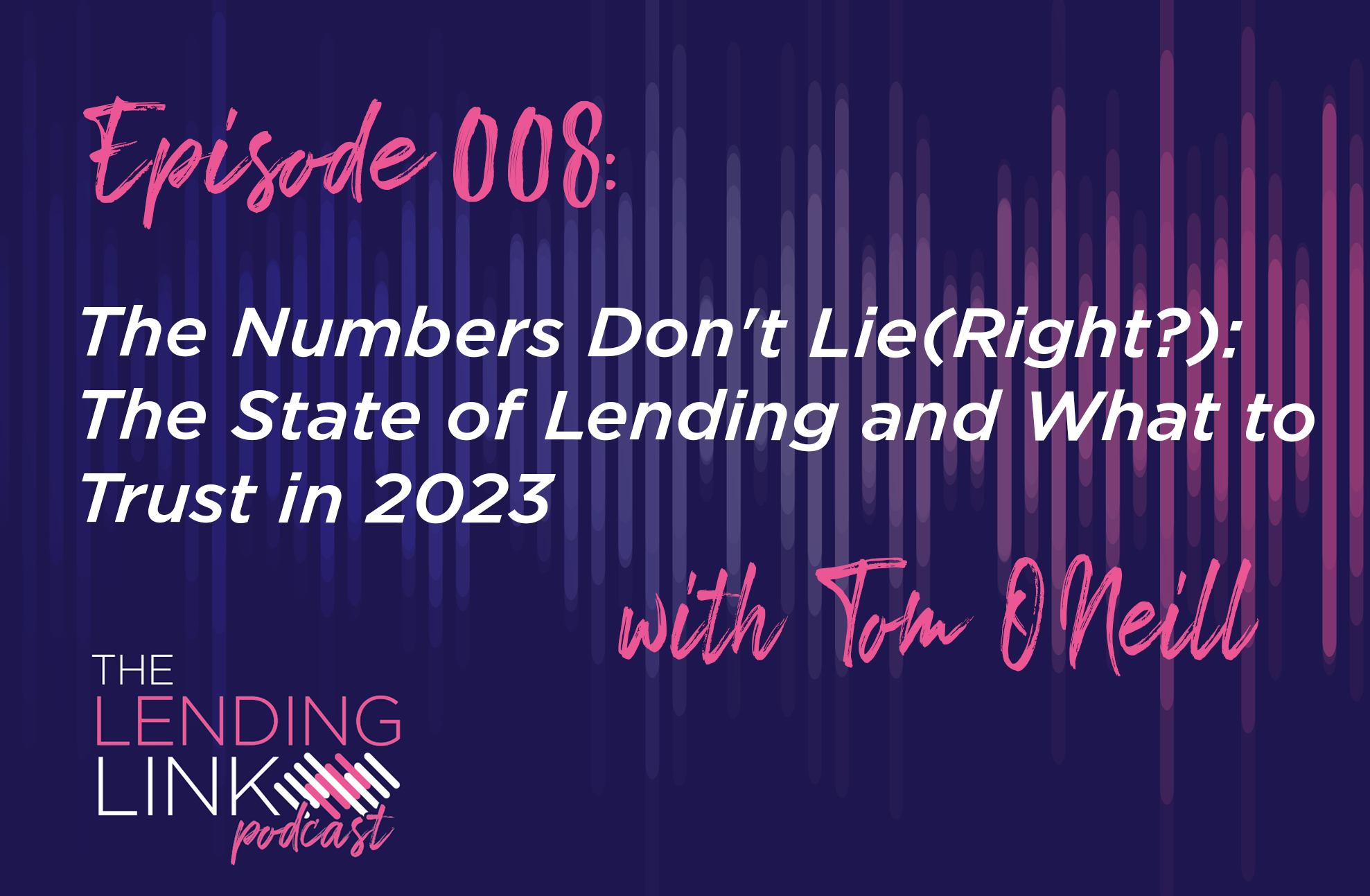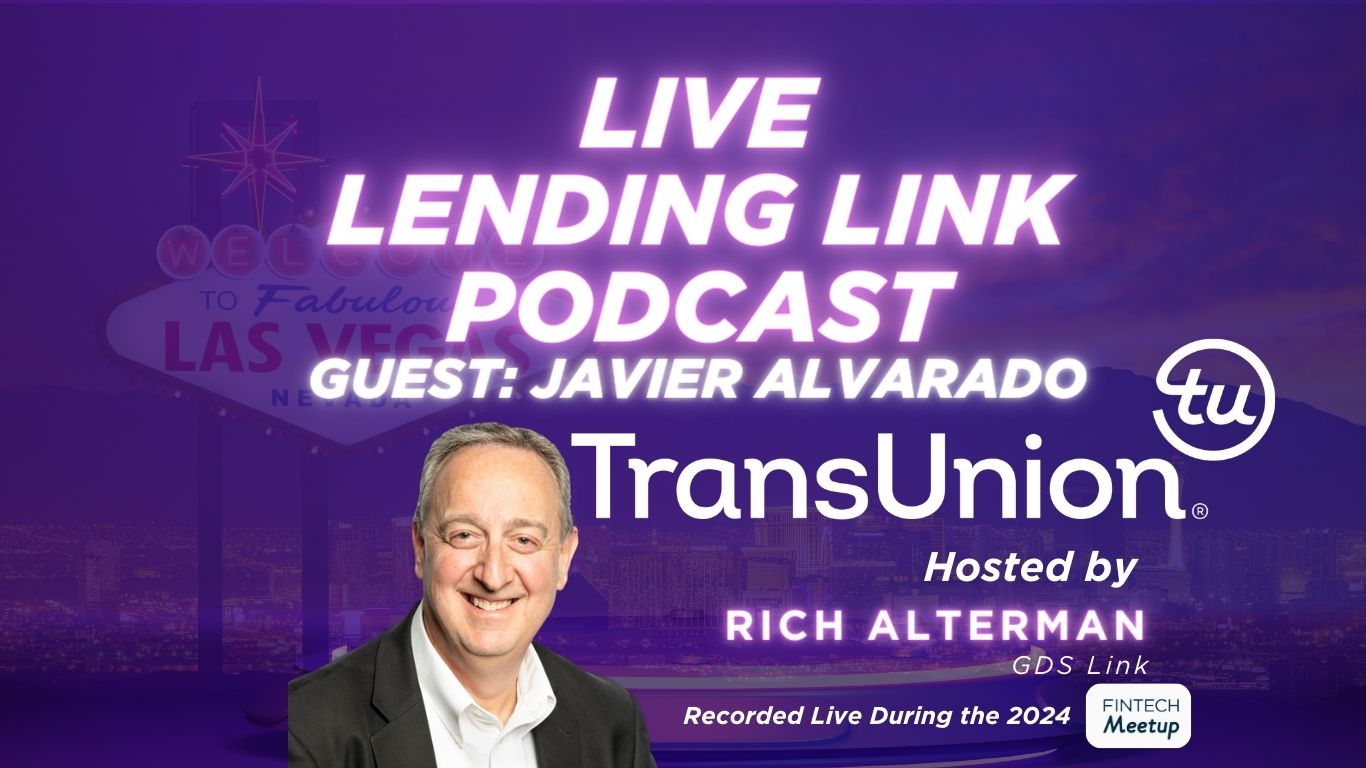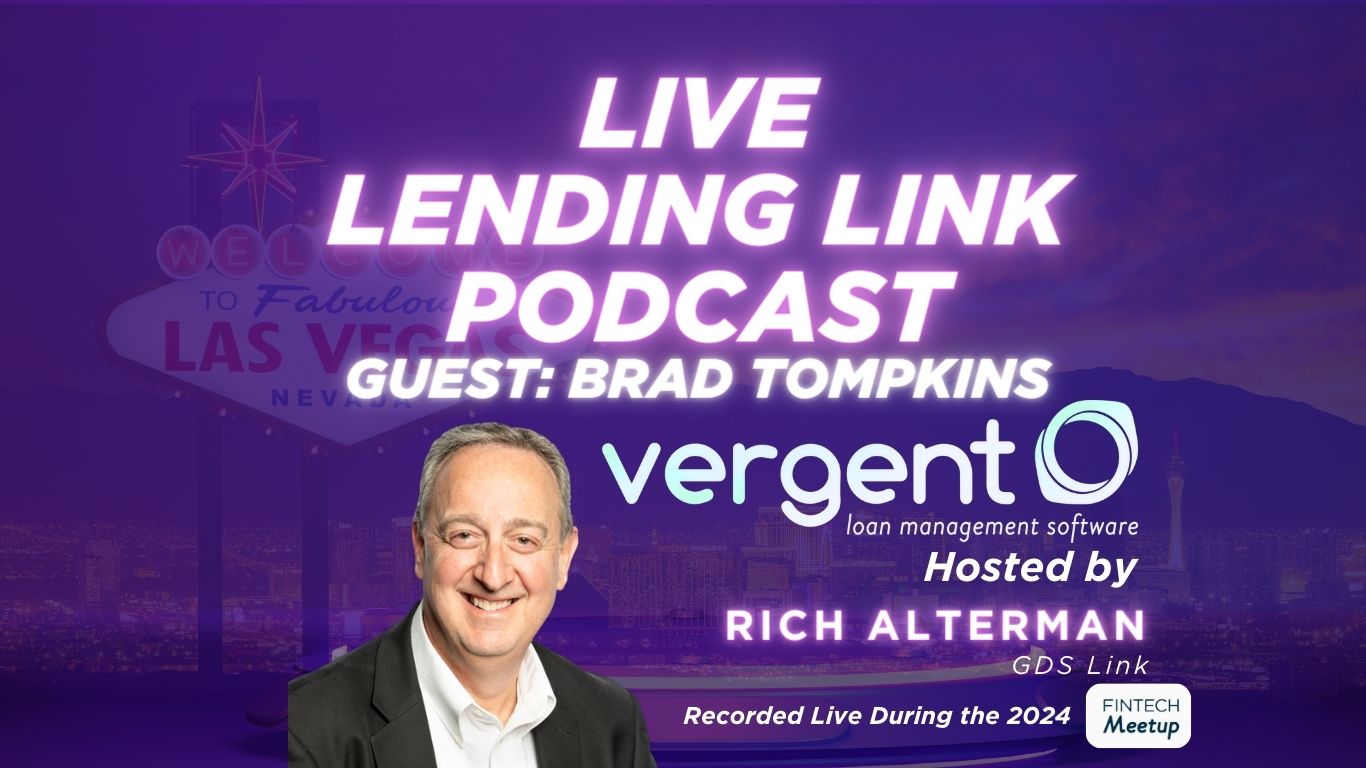Mortgage Rates
After months of hinting from members of the Board of Governors, the Federal Reserve officially moved to raise the benchmark interest rate on Dec. 14, according to the New York Times. The decision will increase rates by a quarter of a percentage point, from 0.25 percent to 0.5 percent.
The Fed cited steady economic growth, a 4.6 percent unemployment rate and an inflation rate that remains low but shows signs of ticking up as reasons for the increase.
"My colleagues and I are recognizing the considerable progress the economy has made," Fed Chairwoman Janet Yellen said at a news conference. "We expect the economy will continue to perform well."
In the grand scheme of things, interest rates will remain at historic low levels even after the increase. But this move is notable for being just the second rate hike since 2008. In addition, Market Watch reported that the Fed suggested that three additional rate hikes are tentatively planned for 2017 – though much of this depends on the continued performance of the economy and fiscal decisions made by Congress and President-elect Trump. Previously, the Fed had been considering just two rate hikes in the coming year.
Bond selloffs begin
The Fed's rate increase, however small, gave investors yet another reason to sell off their government bonds, according to a report by the Wall Street Journal. As a result, yield's on 10-year Treasury notes reached 2.639 percent as of Dec. 15, marking the highest point since Sept. 2014.
Investors have been encouraged to move away from bonds now that the signs of faster global growth are starting to appear. Zhiwei Ren, portfolio manager at Penn Mutual Asset Management, told the Wall Street Journal that yields for 10-year Treasuries should rise to about 3 percent within the coming months.
If this continues, it could boost demand for the dollar and cause its value to rise against other currencies. However, it will also increase long-term borrowing costs for American consumers and businesses.
Consumers will begin to see higher interest rates
Mortgage interest rates have already been rising in anticipation of the Fed hike. The 30-year fixed-rate mortgage now has an average rate of 4.16 percent, according to Freddie Mac, when it was below 4 percent just one year ago.
"This move is notable for being just the second rate hike since 2008."
Though this will make little difference for those whose rates are already locked in, the rate of refinances is expected to drop significantly. In addition, those who are still looking to buy face two diverging circumstances.
On one hand, higher borrowing costs will increase the total cost of buying a home for most individuals. On the other hand, years of low mortgage rates have left lenders much more cautious regarding their clients, and lending standards have been high. If the number of potential customers falls – as it almost certainly will – lenders may respond by loosening credit standards a bit in order to attract more homebuyers that way.
Other types of lending may be more visibly affected by the rate hike. For instance, consumers who have significant levels of credit card debt may soon start paying higher variable A.P.R.s, which could quickly become an appreciable amount of extra money. Auto loan rates will also rise, and young high school graduates who are thinking about college will face higher interest on their federal student loans, which are tied to 10-year Treasury rates. And those who borrow from private lenders will also see their variable rates rise, according to CNBC.
[:fr]After months of hinting from members of the Board of Governors, the Federal Reserve officially moved to raise the benchmark interest rate on Dec. 14, according to the New York Times. The decision will increase rates by a quarter of a percentage point, from 0.25 percent to 0.5 percent.
The Fed cited steady economic growth, a 4.6 percent unemployment rate and an inflation rate that remains low but shows signs of ticking up as reasons for the increase.
"My colleagues and I are recognizing the considerable progress the economy has made," Fed Chairwoman Janet Yellen said at a news conference. "We expect the economy will continue to perform well."
In the grand scheme of things, interest rates will remain at historic low levels even after the increase. But this move is notable for being just the second rate hike since 2008. In addition, Market Watch reported that the Fed suggested that three additional rate hikes are tentatively planned for 2017 – though much of this depends on the continued performance of the economy and fiscal decisions made by Congress and President-elect Trump. Previously, the Fed had been considering just two rate hikes in the coming year.
Bond selloffs begin
The Fed's rate increase, however small, gave investors yet another reason to sell off their government bonds, according to a report by the Wall Street Journal. As a result, yield's on 10-year Treasury notes reached 2.639 percent as of Dec. 15, marking the highest point since Sept. 2014.
Investors have been encouraged to move away from bonds now that the signs of faster global growth are starting to appear. Zhiwei Ren, portfolio manager at Penn Mutual Asset Management, told the Wall Street Journal that yields for 10-year Treasuries should rise to about 3 percent within the coming months.
If this continues, it could boost demand for the dollar and cause its value to rise against other currencies. However, it will also increase long-term borrowing costs for American consumers and businesses.
Consumers will begin to see higher interest rates
Mortgage interest rates have already been rising in anticipation of the Fed hike. The 30-year fixed-rate mortgage now has an average rate of 4.16 percent, according to Freddie Mac, when it was below 4 percent just one year ago.
"This move is notable for being just the second rate hike since 2008."
Though this will make little difference for those whose rates are already locked in, the rate of refinances is expected to drop significantly. In addition, those who are still looking to buy face two diverging circumstances.
On one hand, higher borrowing costs will increase the total cost of buying a home for most individuals. On the other hand, years of low mortgage rates have left lenders much more cautious regarding their clients, and lending standards have been high. If the number of potential customers falls – as it almost certainly will – lenders may respond by loosening credit standards a bit in order to attract more homebuyers that way.
Other types of lending may be more visibly affected by the rate hike. For instance, consumers who have significant levels of credit card debt may soon start paying higher variable A.P.R.s, which could quickly become an appreciable amount of extra money. Auto loan rates will also rise, and young high school graduates who are thinking about college will face higher interest on their federal student loans, which are tied to 10-year Treasury rates. And those who borrow from private lenders will also see their variable rates rise, according to CNBC.
[:es]After months of hinting from members of the Board of Governors, the Federal Reserve officially moved to raise the benchmark interest rate on Dec. 14, according to the New York Times. The decision will increase rates by a quarter of a percentage point, from 0.25 percent to 0.5 percent.
The Fed cited steady economic growth, a 4.6 percent unemployment rate and an inflation rate that remains low but shows signs of ticking up as reasons for the increase.
"My colleagues and I are recognizing the considerable progress the economy has made," Fed Chairwoman Janet Yellen said at a news conference. "We expect the economy will continue to perform well."
In the grand scheme of things, interest rates will remain at historic low levels even after the increase. But this move is notable for being just the second rate hike since 2008. In addition, Market Watch reported that the Fed suggested that three additional rate hikes are tentatively planned for 2017 – though much of this depends on the continued performance of the economy and fiscal decisions made by Congress and President-elect Trump. Previously, the Fed had been considering just two rate hikes in the coming year.
Bond selloffs begin
The Fed's rate increase, however small, gave investors yet another reason to sell off their government bonds, according to a report by the Wall Street Journal. As a result, yield's on 10-year Treasury notes reached 2.639 percent as of Dec. 15, marking the highest point since Sept. 2014.
Investors have been encouraged to move away from bonds now that the signs of faster global growth are starting to appear. Zhiwei Ren, portfolio manager at Penn Mutual Asset Management, told the Wall Street Journal that yields for 10-year Treasuries should rise to about 3 percent within the coming months.
If this continues, it could boost demand for the dollar and cause its value to rise against other currencies. However, it will also increase long-term borrowing costs for American consumers and businesses.
Consumers will begin to see higher interest rates
Mortgage interest rates have already been rising in anticipation of the Fed hike. The 30-year fixed-rate mortgage now has an average rate of 4.16 percent, according to Freddie Mac, when it was below 4 percent just one year ago.
"This move is notable for being just the second rate hike since 2008."
Though this will make little difference for those whose rates are already locked in, the rate of refinances is expected to drop significantly. In addition, those who are still looking to buy face two diverging circumstances.
On one hand, higher borrowing costs will increase the total cost of buying a home for most individuals. On the other hand, years of low mortgage rates have left lenders much more cautious regarding their clients, and lending standards have been high. If the number of potential customers falls – as it almost certainly will – lenders may respond by loosening credit standards a bit in order to attract more homebuyers that way.
Other types of lending may be more visibly affected by the rate hike. For instance, consumers who have significant levels of credit card debt may soon start paying higher variable A.P.R.s, which could quickly become an appreciable amount of extra money. Auto loan rates will also rise, and young high school graduates who are thinking about college will face higher interest on their federal student loans, which are tied to 10-year Treasury rates. And those who borrow from private lenders will also see their variable rates rise, according to CNBC.
[:it]After months of hinting from members of the Board of Governors, the Federal Reserve officially moved to raise the benchmark interest rate on Dec. 14, according to the New York Times. The decision will increase rates by a quarter of a percentage point, from 0.25 percent to 0.5 percent.
The Fed cited steady economic growth, a 4.6 percent unemployment rate and an inflation rate that remains low but shows signs of ticking up as reasons for the increase.
"My colleagues and I are recognizing the considerable progress the economy has made," Fed Chairwoman Janet Yellen said at a news conference. "We expect the economy will continue to perform well."
In the grand scheme of things, interest rates will remain at historic low levels even after the increase. But this move is notable for being just the second rate hike since 2008. In addition, Market Watch reported that the Fed suggested that three additional rate hikes are tentatively planned for 2017 – though much of this depends on the continued performance of the economy and fiscal decisions made by Congress and President-elect Trump. Previously, the Fed had been considering just two rate hikes in the coming year.
Bond selloffs begin
The Fed's rate increase, however small, gave investors yet another reason to sell off their government bonds, according to a report by the Wall Street Journal. As a result, yield's on 10-year Treasury notes reached 2.639 percent as of Dec. 15, marking the highest point since Sept. 2014.
Investors have been encouraged to move away from bonds now that the signs of faster global growth are starting to appear. Zhiwei Ren, portfolio manager at Penn Mutual Asset Management, told the Wall Street Journal that yields for 10-year Treasuries should rise to about 3 percent within the coming months.
If this continues, it could boost demand for the dollar and cause its value to rise against other currencies. However, it will also increase long-term borrowing costs for American consumers and businesses.
Consumers will begin to see higher interest rates
Mortgage interest rates have already been rising in anticipation of the Fed hike. The 30-year fixed-rate mortgage now has an average rate of 4.16 percent, according to Freddie Mac, when it was below 4 percent just one year ago.
"This move is notable for being just the second rate hike since 2008."
Though this will make little difference for those whose rates are already locked in, the rate of refinances is expected to drop significantly. In addition, those who are still looking to buy face two diverging circumstances.
On one hand, higher borrowing costs will increase the total cost of buying a home for most individuals. On the other hand, years of low mortgage rates have left lenders much more cautious regarding their clients, and lending standards have been high. If the number of potential customers falls – as it almost certainly will – lenders may respond by loosening credit standards a bit in order to attract more homebuyers that way.
Other types of lending may be more visibly affected by the rate hike. For instance, consumers who have significant levels of credit card debt may soon start paying higher variable A.P.R.s, which could quickly become an appreciable amount of extra money. Auto loan rates will also rise, and young high school graduates who are thinking about college will face higher interest on their federal student loans, which are tied to 10-year Treasury rates. And those who borrow from private lenders will also see their variable rates rise, according to CNBC.
[:tr]After months of hinting from members of the Board of Governors, the Federal Reserve officially moved to raise the benchmark interest rate on Dec. 14, according to the New York Times. The decision will increase rates by a quarter of a percentage point, from 0.25 percent to 0.5 percent.
The Fed cited steady economic growth, a 4.6 percent unemployment rate and an inflation rate that remains low but shows signs of ticking up as reasons for the increase.
"My colleagues and I are recognizing the considerable progress the economy has made," Fed Chairwoman Janet Yellen said at a news conference. "We expect the economy will continue to perform well."
In the grand scheme of things, interest rates will remain at historic low levels even after the increase. But this move is notable for being just the second rate hike since 2008. In addition, Market Watch reported that the Fed suggested that three additional rate hikes are tentatively planned for 2017 – though much of this depends on the continued performance of the economy and fiscal decisions made by Congress and President-elect Trump. Previously, the Fed had been considering just two rate hikes in the coming year.
Bond selloffs begin
The Fed's rate increase, however small, gave investors yet another reason to sell off their government bonds, according to a report by the Wall Street Journal. As a result, yield's on 10-year Treasury notes reached 2.639 percent as of Dec. 15, marking the highest point since Sept. 2014.
Investors have been encouraged to move away from bonds now that the signs of faster global growth are starting to appear. Zhiwei Ren, portfolio manager at Penn Mutual Asset Management, told the Wall Street Journal that yields for 10-year Treasuries should rise to about 3 percent within the coming months.
If this continues, it could boost demand for the dollar and cause its value to rise against other currencies. However, it will also increase long-term borrowing costs for American consumers and businesses.
Consumers will begin to see higher interest rates
Mortgage interest rates have already been rising in anticipation of the Fed hike. The 30-year fixed-rate mortgage now has an average rate of 4.16 percent, according to Freddie Mac, when it was below 4 percent just one year ago.
"This move is notable for being just the second rate hike since 2008."
Though this will make little difference for those whose rates are already locked in, the rate of refinances is expected to drop significantly. In addition, those who are still looking to buy face two diverging circumstances.
On one hand, higher borrowing costs will increase the total cost of buying a home for most individuals. On the other hand, years of low mortgage rates have left lenders much more cautious regarding their clients, and lending standards have been high. If the number of potential customers falls – as it almost certainly will – lenders may respond by loosening credit standards a bit in order to attract more homebuyers that way.
Other types of lending may be more visibly affected by the rate hike. For instance, consumers who have significant levels of credit card debt may soon start paying higher variable A.P.R.s, which could quickly become an appreciable amount of extra money. Auto loan rates will also rise, and young high school graduates who are thinking about college will face higher interest on their federal student loans, which are tied to 10-year Treasury rates. And those who borrow from private lenders will also see their variable rates rise, according to CNBC.
[:]








